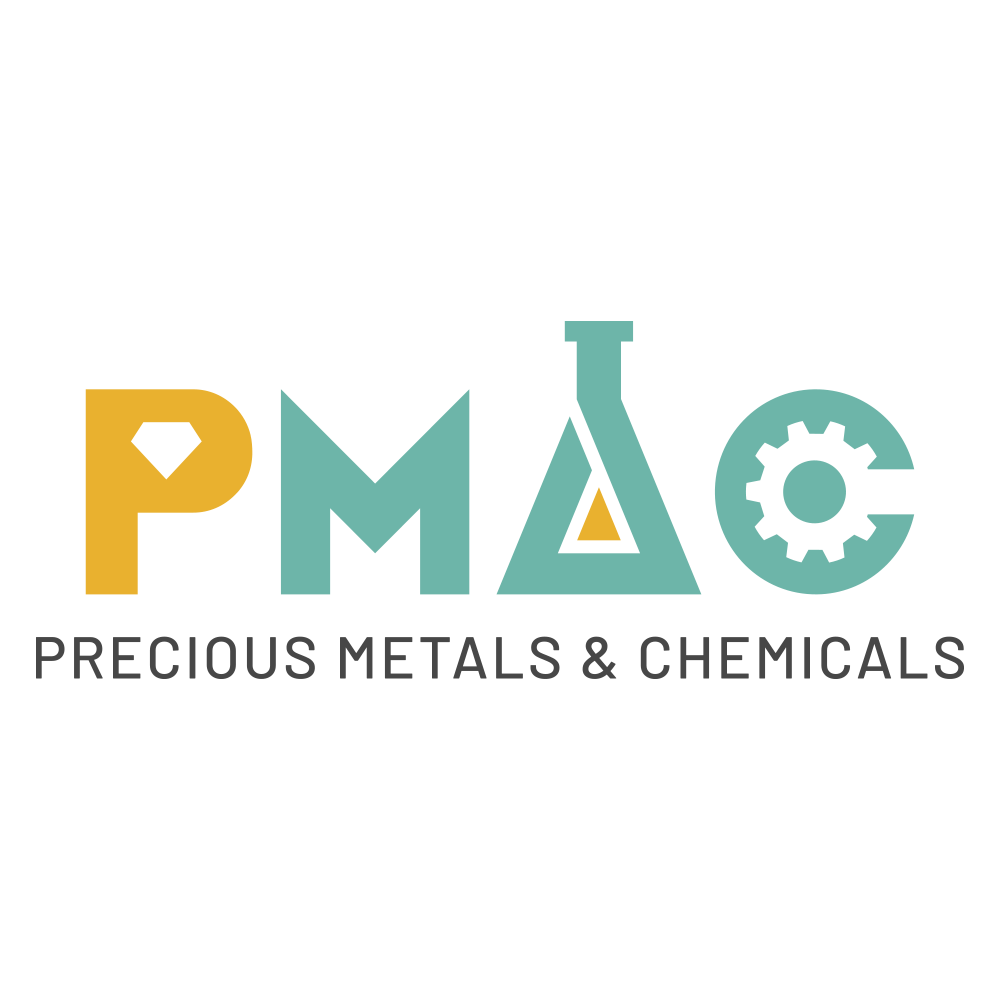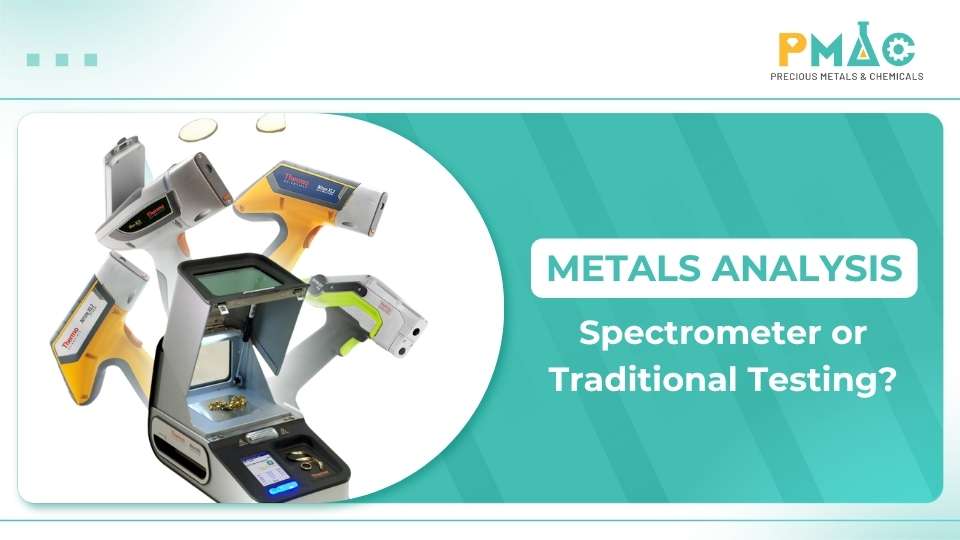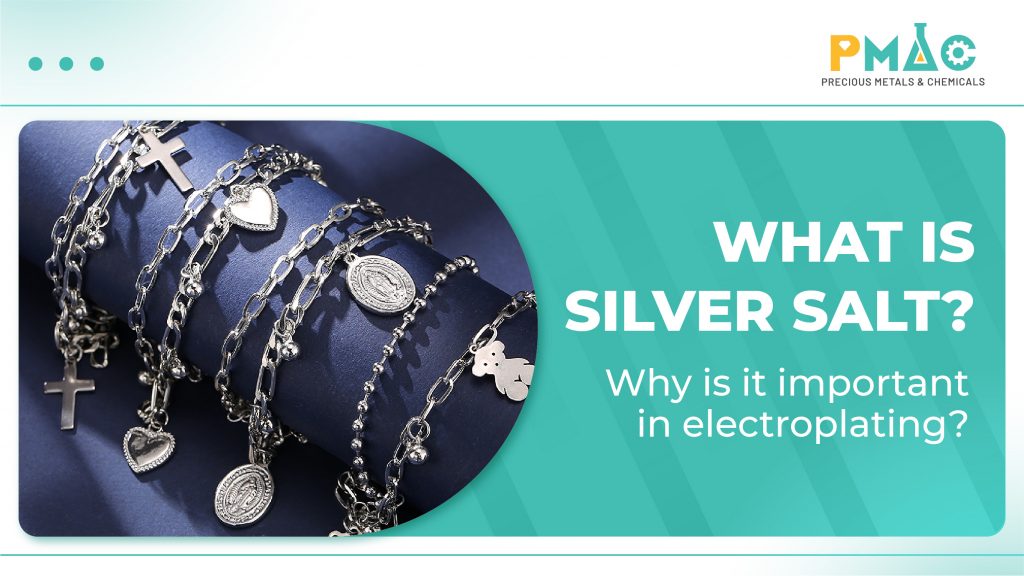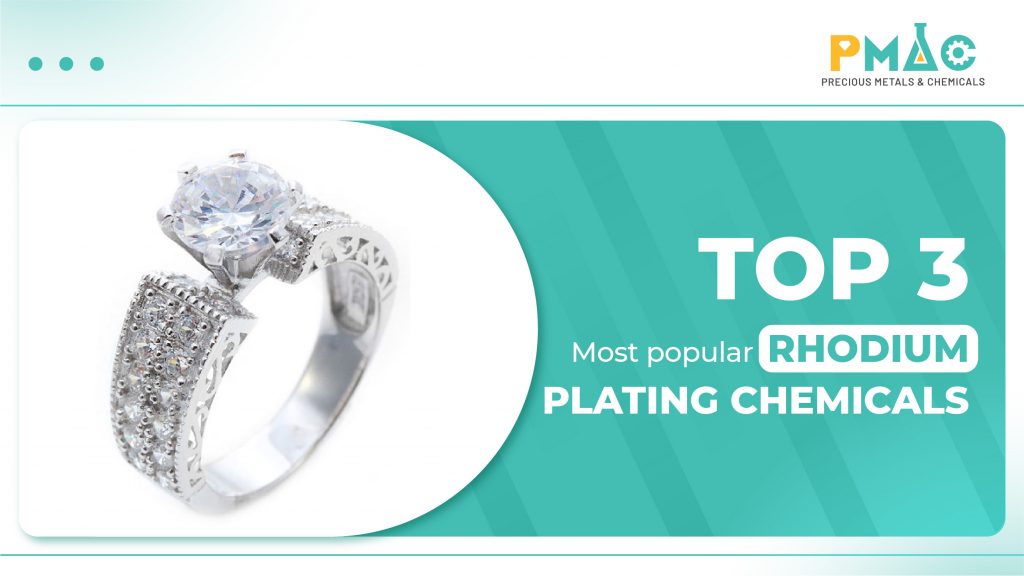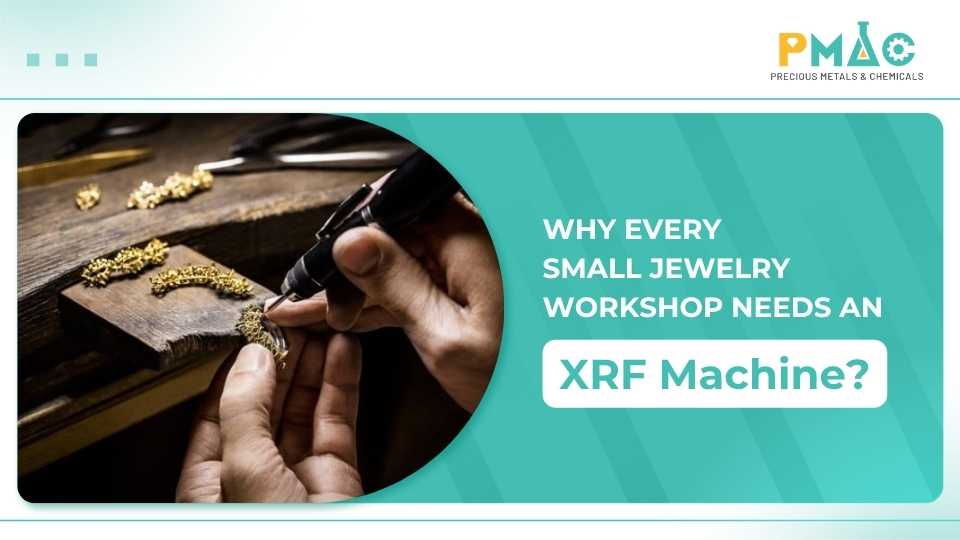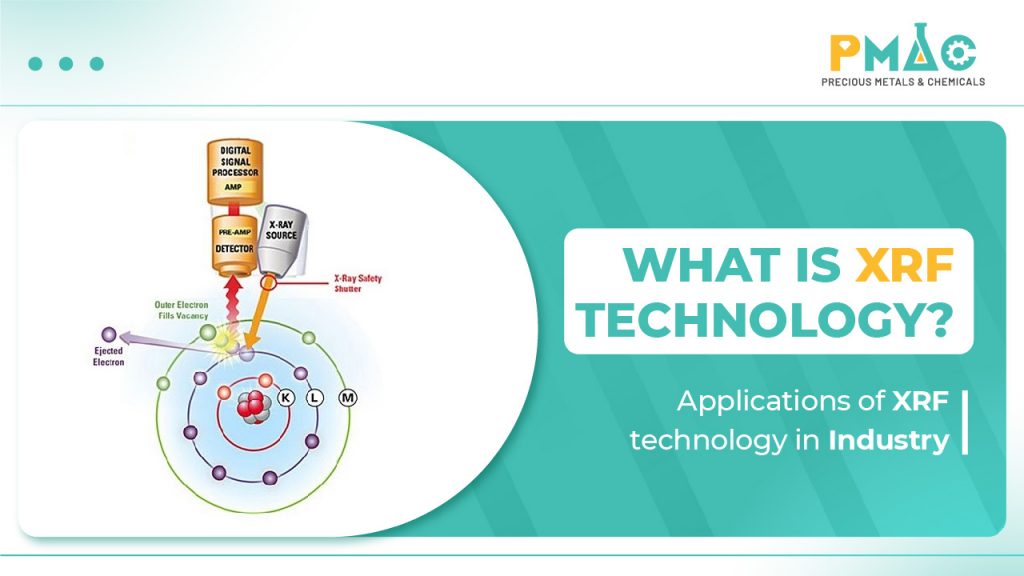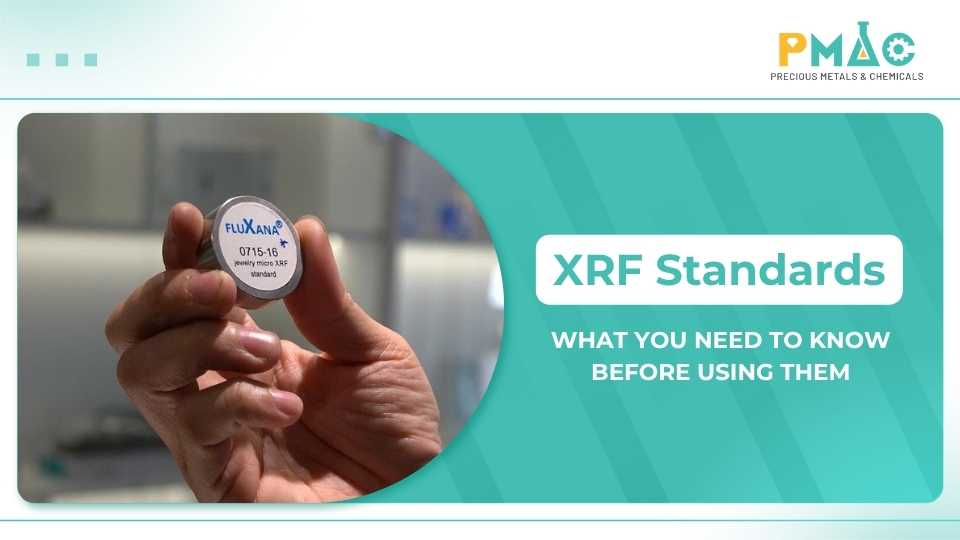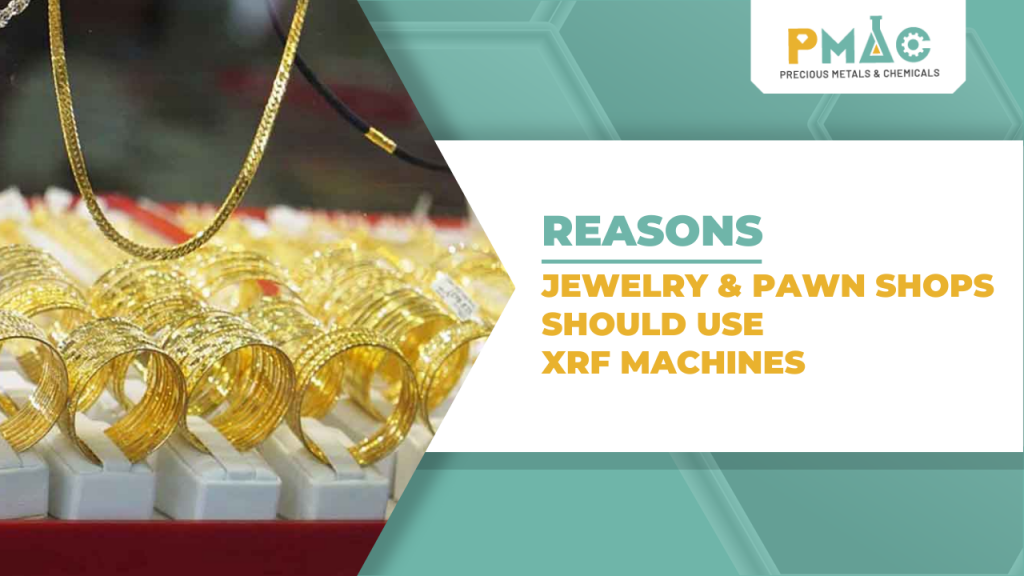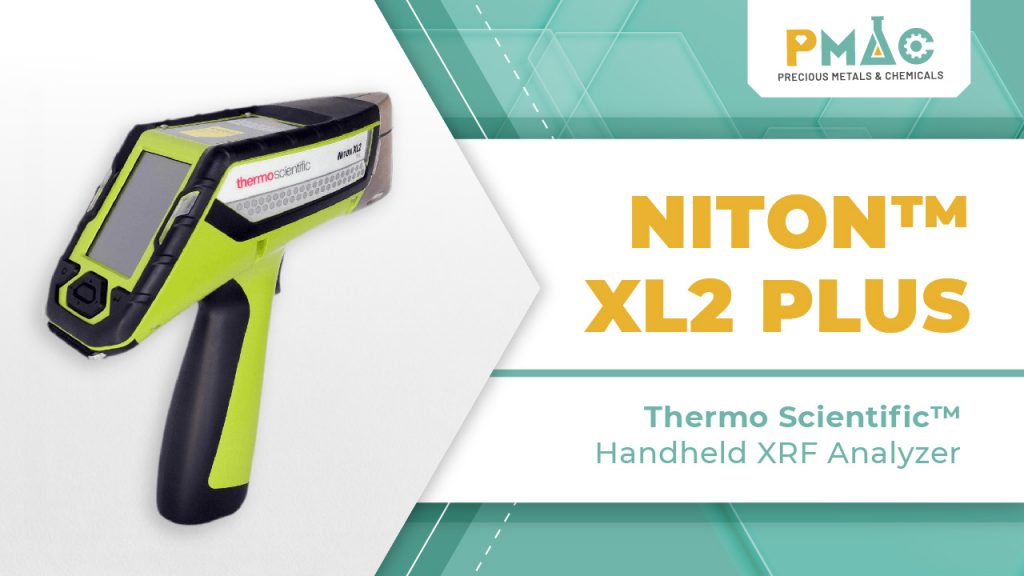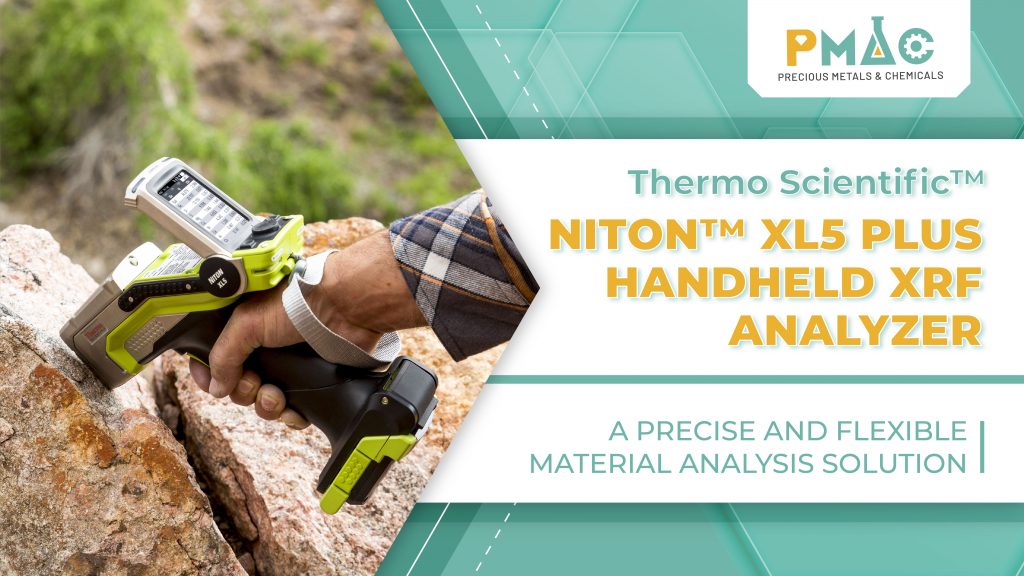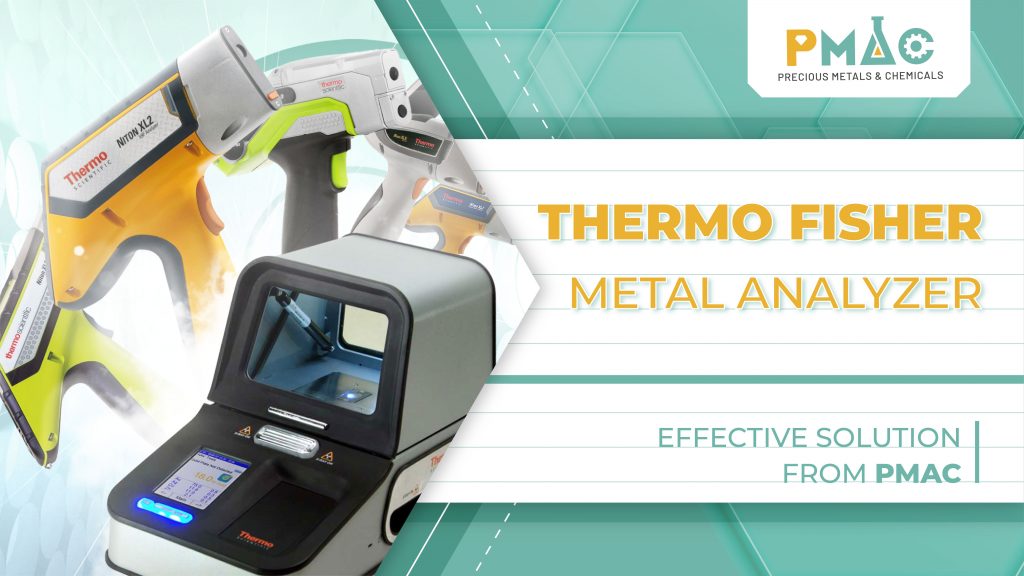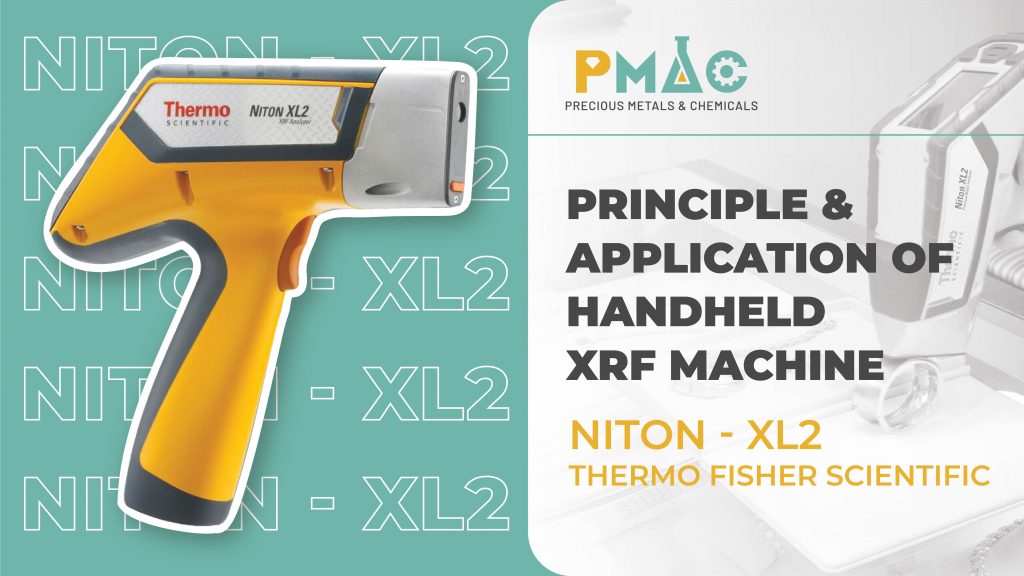With the advancement of technology, many businesses, jewelry stores, and laboratories face the same question: Should we invest in an XRF spectrometer or continue using traditional methods for metal analysis? Each option has its own advantages and limitations, directly impacting accuracy, cost, and credibility. This article provides a complete comparison to help you make the best decision for your business.
I. What Is a Spectrometer?
A spectrometer is a scientific instrument used to analyze the chemical composition of materials based on the interaction between light and the atoms of a sample. In the metals industry, the most popular technology today is X-ray fluorescence spectroscopy (XRF). When a beam of X-rays hits the sample, the atoms emit characteristic radiation — like a “fingerprint” unique to each element. The spectrometer collects these signals, compares them to a database, and determines the exact composition and concentration of each element.
The greatest advantage of an XRF spectrometer is its ability to deliver rapid, accurate, and non-destructive analysis. Instead of cutting, dissolving, or burning the sample like traditional methods, the device simply irradiates it with X-rays and provides results within seconds. That’s why XRF spectrometers are widely used across industries — from jewelry, metallurgy, and cement to geology, pharmaceuticals, and food inspection. There are two main types: handheld and benchtop, each designed for specific needs and working environments.
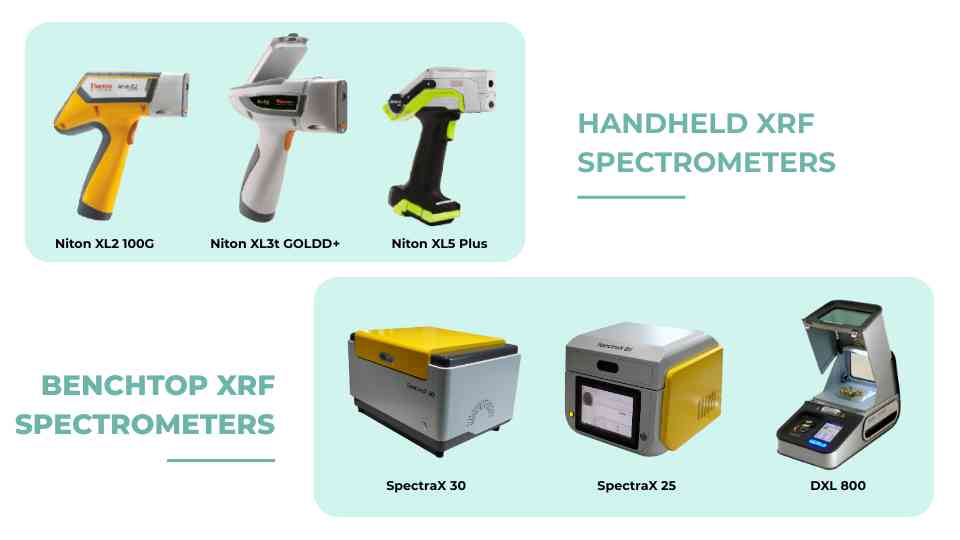
Common Types of XRF Spectrometers
II. Traditional Metal Testing Methods
Before the advent of spectrometers, jewelers and testing labs relied on several manual methods to determine metal composition. The most common include:
1. Acid Testing
Used mainly in small jewelry shops, this involves applying a drop of acid to the metal surface and observing its reaction to estimate gold purity. While simple and inexpensive, it offers limited accuracy and can easily produce false results if the alloy composition is complex or the surface is non-uniform. Moreover, acids can corrode or damage the sample and pose health risks to users.
2. Wet Chemistry/Titration
This laboratory-based method involves dissolving the metal in a solution and titrating it to determine its content. When performed by experienced chemists, it can achieve high accuracy. However, it is time-consuming, labor-intensive, and involves toxic chemicals that can harm both people and the environment.
3. Visual or Mechanical Observation
Some jewelers rely on visual cues such as color, shine, or weight to estimate gold content or alloy type. While quick, this approach depends entirely on personal experience, making it subjective and unreliable. As customer expectations rise, this method has largely fallen out of use.
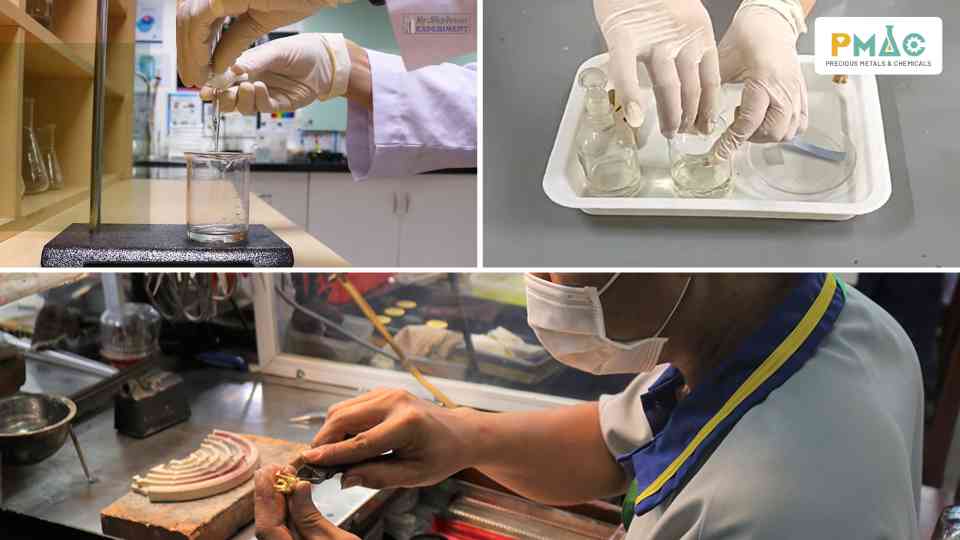
Traditional Metal Testing Methods
III. Comparing XRF Spectrometers and Traditional Methods
1. Accuracy
Acid tests or visual inspections are merely estimations with low accuracy. Wet chemical titration can be precise but depends heavily on operator skill.
In contrast, XRF spectrometers provide results with deviations of less than 0.1%, meeting international standards. In industries such as jewelry or metallurgy, even a 1–2% error can lead to major financial losses, making XRF’s precision a decisive advantage.
2. Speed and Convenience
Acid testing takes several minutes, wet chemistry may require hours, but an XRF analyzer delivers results in just a few seconds. This speed is crucial for high-volume environments such as jewelry chains or manufacturing plants.
3. Safety and Sample Preservation
Traditional chemical tests use acids and solvents that are both hazardous and destructive. In contrast, XRF technology is non-destructive and chemical-free, preserving the original condition and value of jewelry items — an essential factor for precious metals and gemstones.
4. Long-Term Costs
Manual testing may seem cheaper initially, but recurring costs (chemicals, labor, errors) add up. XRF spectrometers, though requiring a higher upfront investment, save money in the long run by eliminating chemical costs, reducing human error, and improving operational efficiency. Moreover, transparent and consistent results enhance brand reputation and customer trust.
5. Suitable Users
Traditional methods may suit small shops with limited budgets and testing needs. However, XRF spectrometers are ideal for jewelry chains, assay centers, metal refiners, and manufacturers that demand speed and precision. For these businesses, investing in an XRF system is a strategic move to upgrade quality control and strengthen credibility.
IV. PMAC – Official Distributor of Thermo Scientific XRF Spectrometers in Vietnam
PMAC is one of the pioneering suppliers of genuine XRF spectrometers in Vietnam. With years of experience in jewelry and industrial applications, the company provides comprehensive analytical solutions tailored to each client’s needs.
What PMAC Offers:
- Wide range of models: From handheld XRF spectrometers for small and medium jewelry shops to benchtop systems for laboratories and large manufacturers.
- Official Thermo Fisher Scientific distributor: PMAC is the official distributor of Thermo Fisher Scientific (USA) in Vietnam, ensuring top-tier accuracy, durability, and compliance with international standards.
- Comprehensive services: Expert consultation, real-world product demos, installation, user training, maintenance, and XRF calibration using certified reference materials.
- Commitment to partnership: Beyond equipment sales, PMAC acts as a trusted partner, helping clients maximize return on investment, enhance reliability, and maintain competitive advantage.
V. Trade-In Program – Upgrade to the Latest Spectrometer

Spectrometer trade-in program
PMAC is currently running a special trade-in program that allows customers to exchange old or unstable devices for the latest spectrometer models with improved precision and faster performance.
This program not only lowers investment costs but also supports sustainability by minimizing waste and extending equipment lifespan.
If you are looking to upgrade your analysis system to meet modern standards, PMAC — official distributor of Thermo Fisher spectrometers — is your ideal partner.
Contact PMAC today for expert consultation and exclusive offers!
PMAC Joint Stock Company
Address: High-Tech Center, 4th Floor, HUTECH Building, D1 Street, High-Tech Park, Long Thanh My Ward, Thu Duc City, Vietnam
Website: https://pmac.asia/
Hotline: 0908727235
